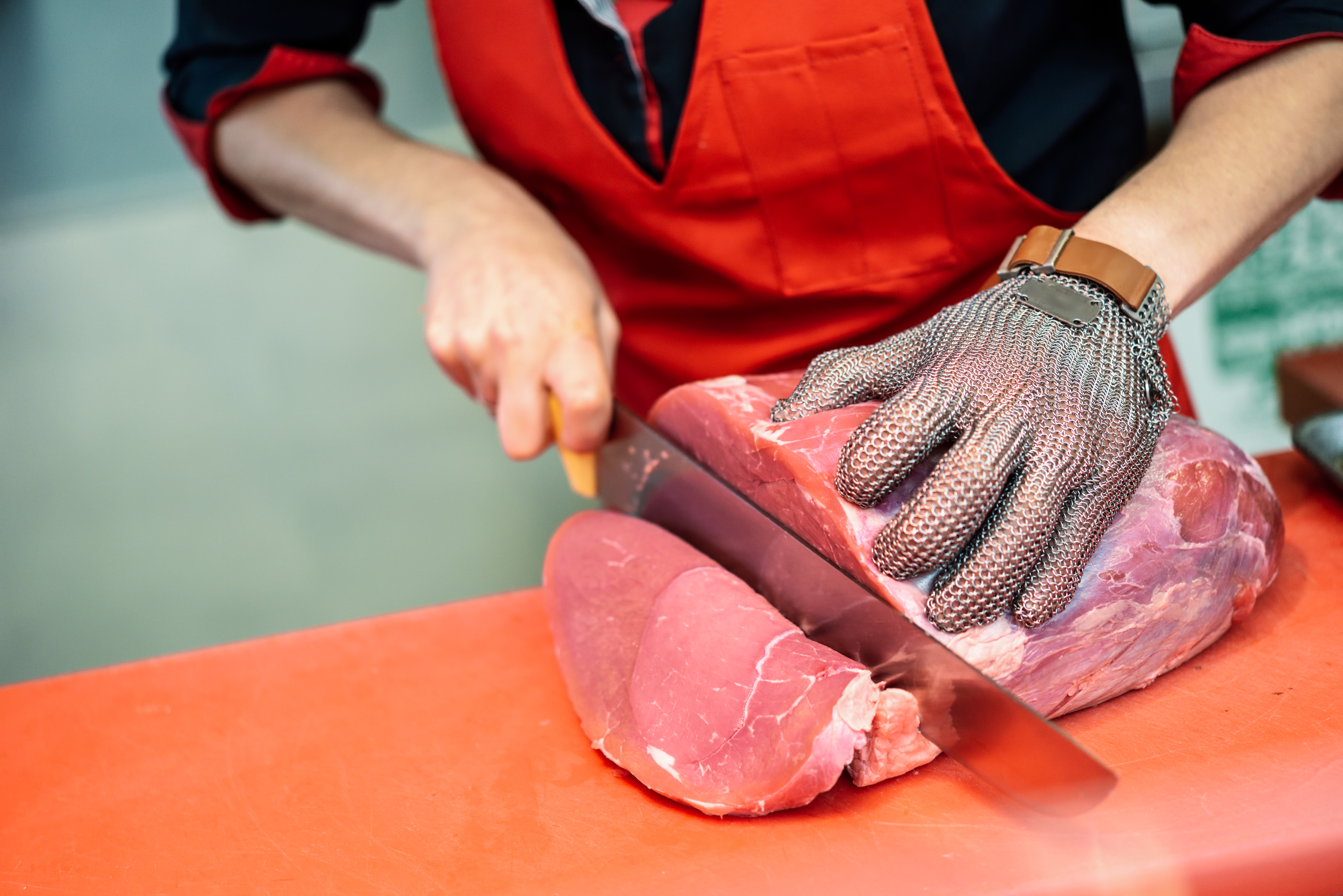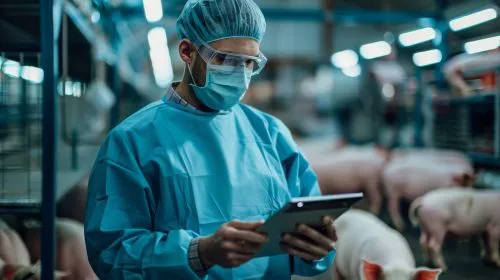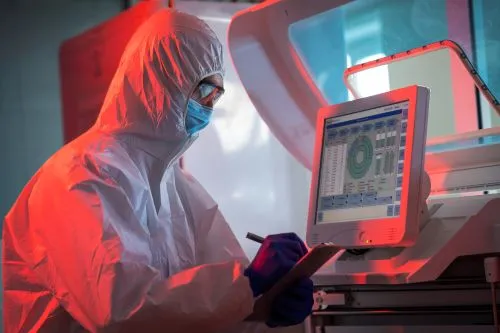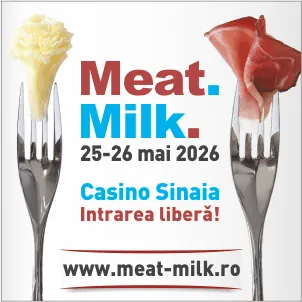841

The meat processing industry is under constant pressure to increase productivity and comply with strict food safety standards imposed by Regulation (EU) No. 853/2004 and the national transposition legislation.
In Romania, according to INS and ANSVSA data, the technological flow in slaughterhouses varies significantly depending on processing capacity, and efficiency differences can reach up to 25% between similar facilities.
Studies published by the FAO and the European Food Safety Authority show that reorganizing the production flow, by eliminating bottlenecks and optimizing the sequence of operations, can reduce processing times by 10–15% and technological losses by 5–7%.
In practice, this involves:
- repositioning equipment to ensure a linear flow,
- reducing the distances traveled by the product,
- integrating automated transport and handling systems.
Examples of best practices from Denmark and Germany demonstrate that moderate investments in the automation of cutting lines, combined with staff training in accordance with HACCP guidelines, lead to an 8–12% increase in productivity within one year.
Another critical element is the digitalization of production monitoring through the implementation of MES (Manufacturing Execution System), which:
- collects real-time data on process parameters,
- enables the rapid identification of non-conformities,
- supports compliance with traceability requirements.
In Romania, the use of these technologies is still limited, but European funding programs such as the National Strategic Plan CAP 2023–2027 provide support lines for equipment modernization and process digitalization.
Optimizing the production flow is not only a technical requirement but also an economic necessity, in the context of rising energy, labor, and raw material costs. This makes investment in efficiency a key factor for medium- and long-term competitiveness.
(Photo: Freepik)




